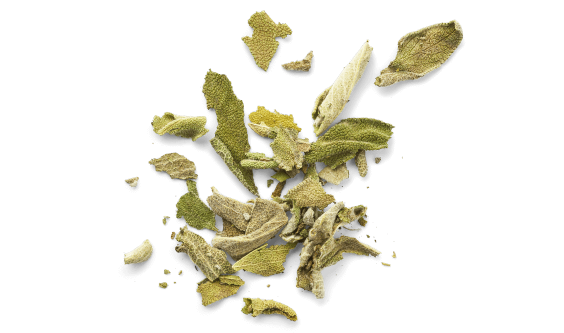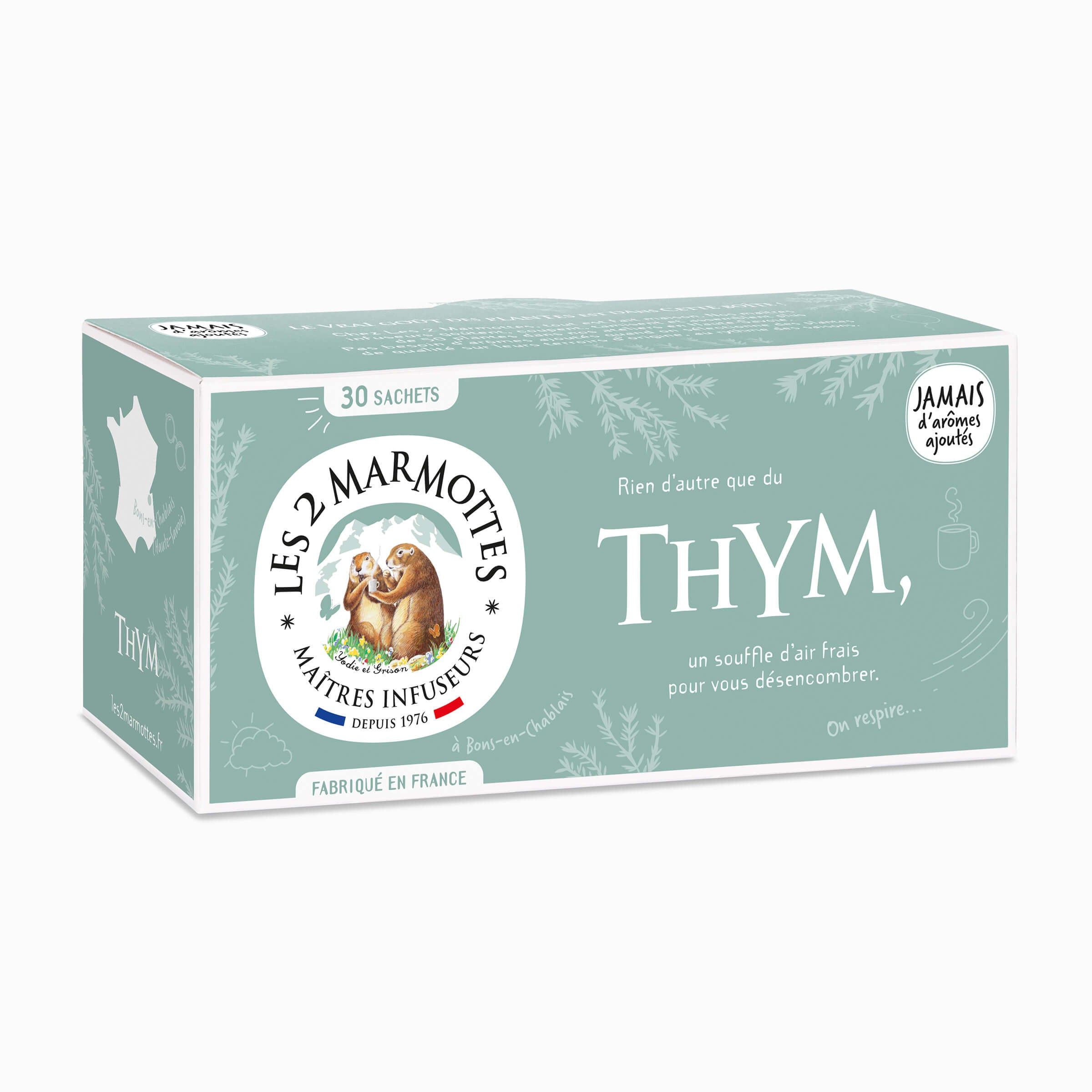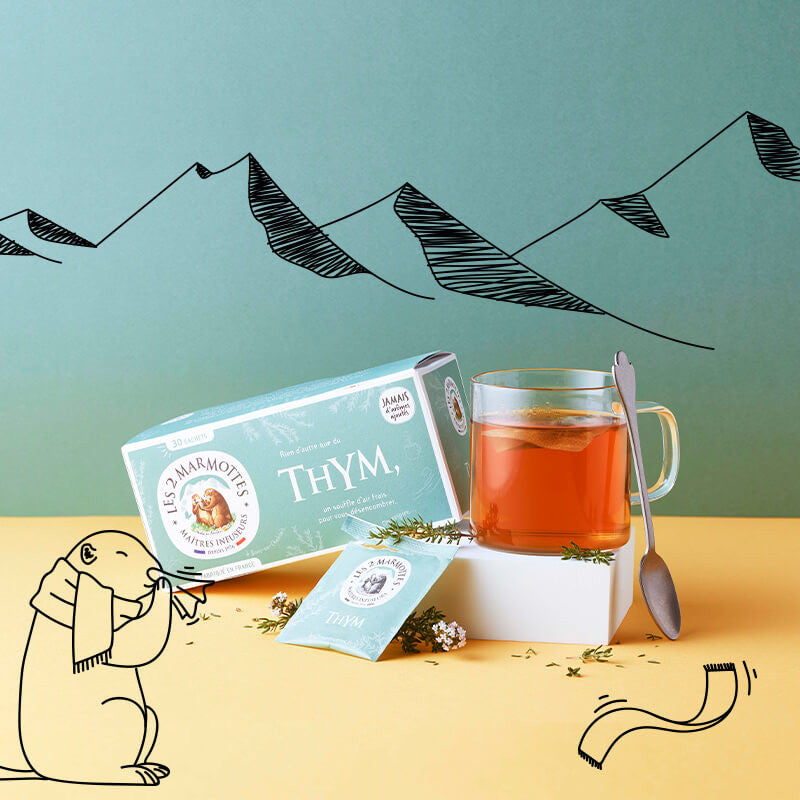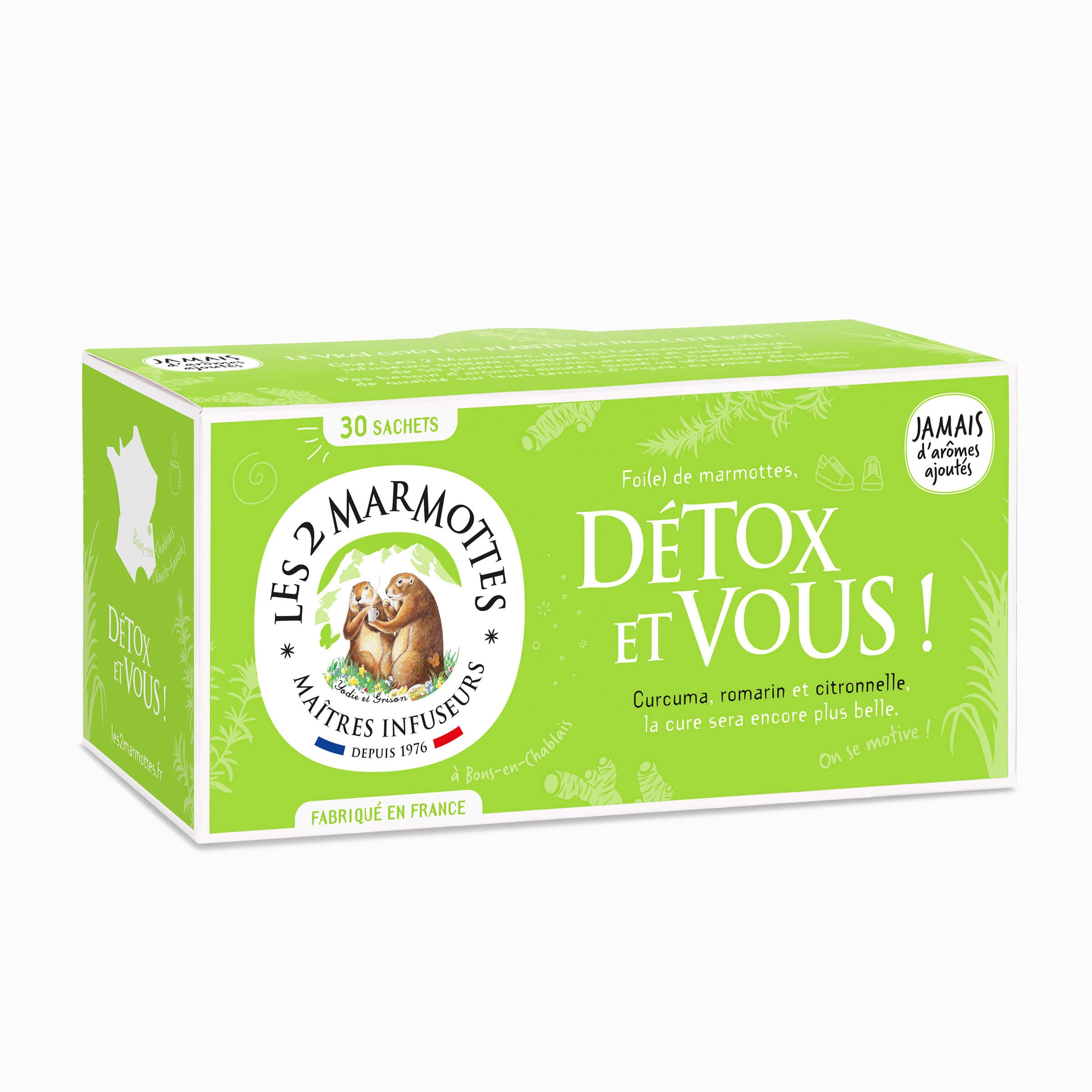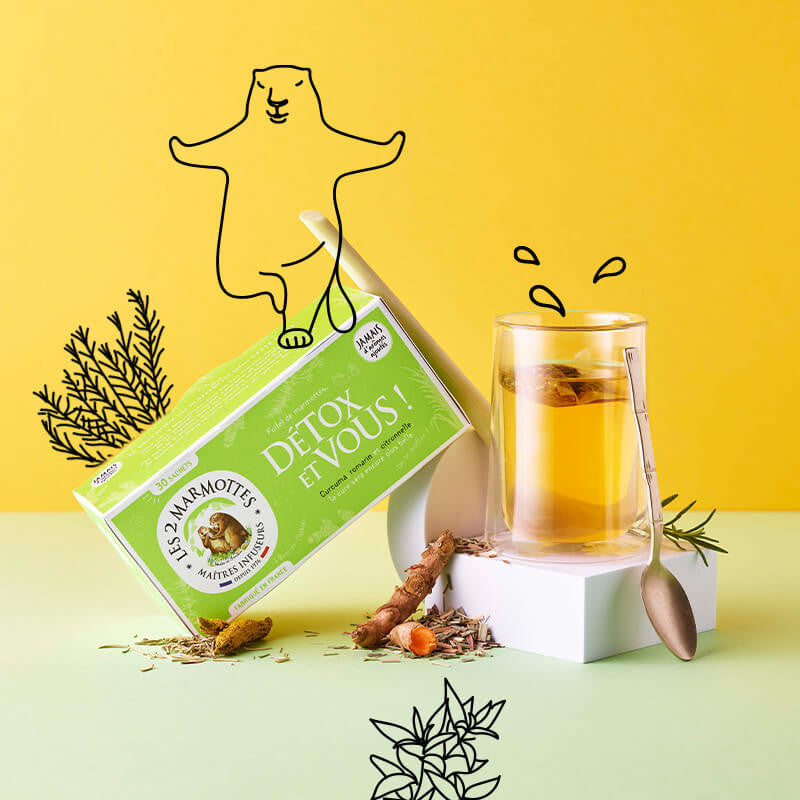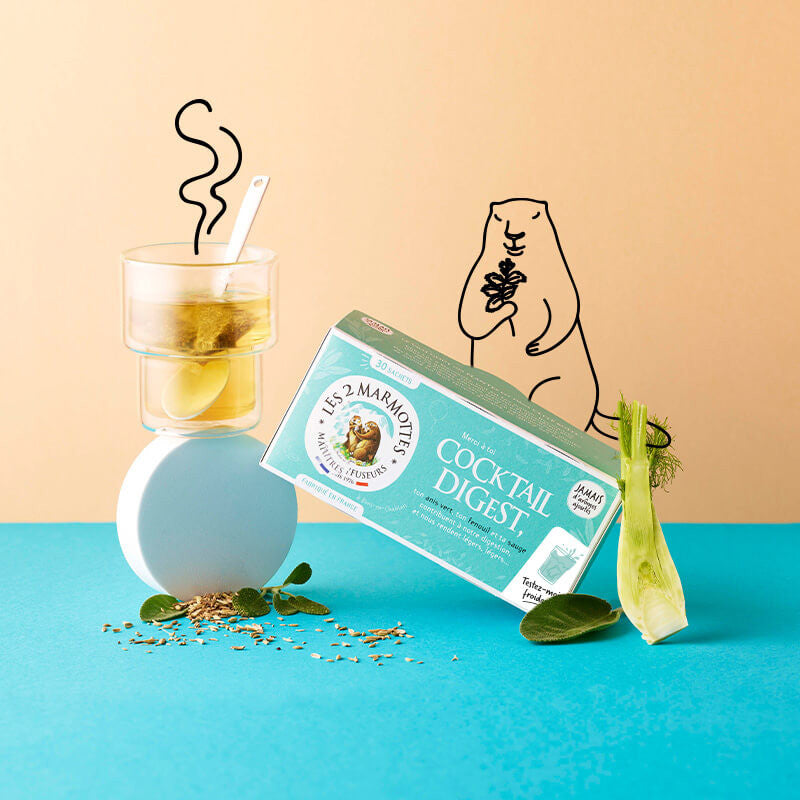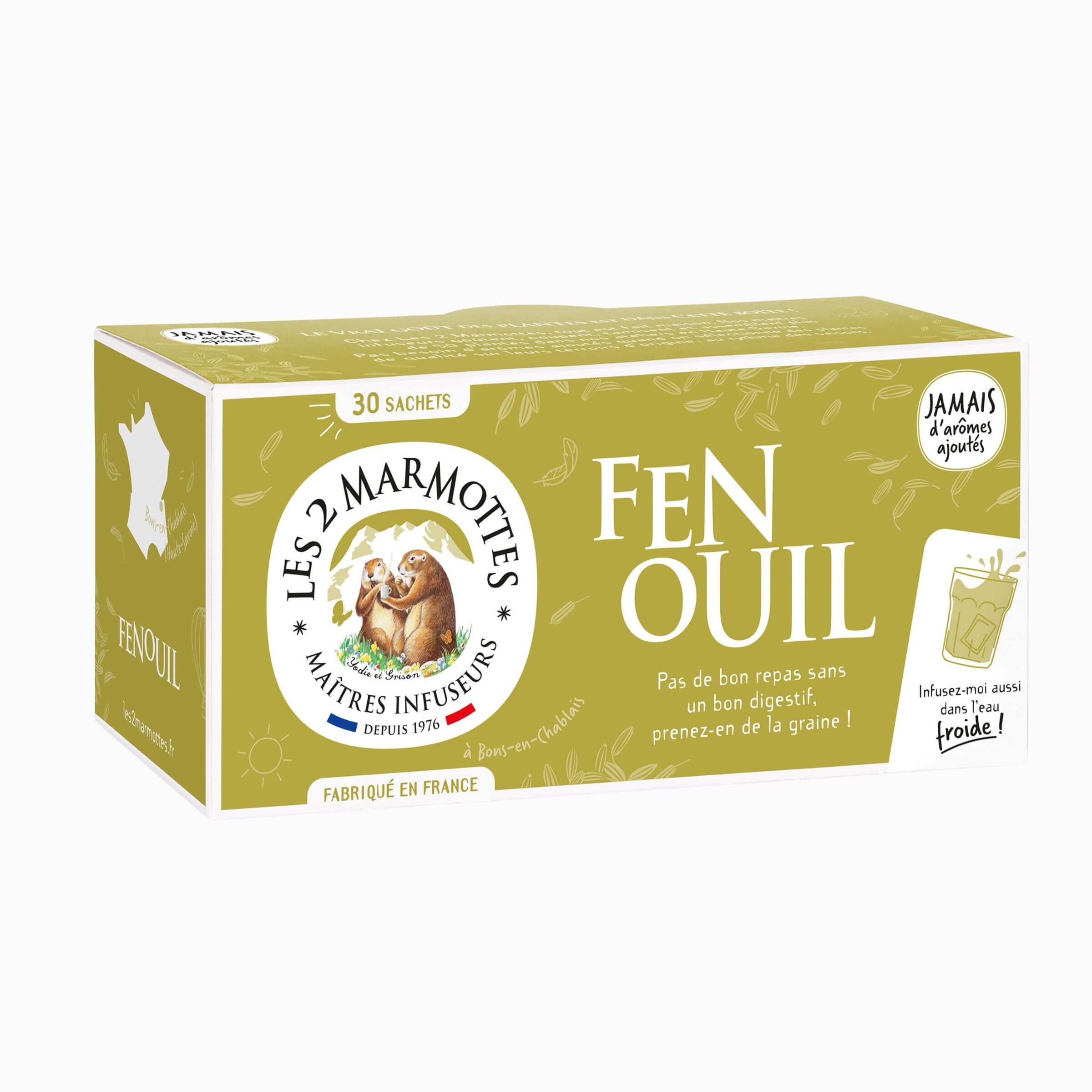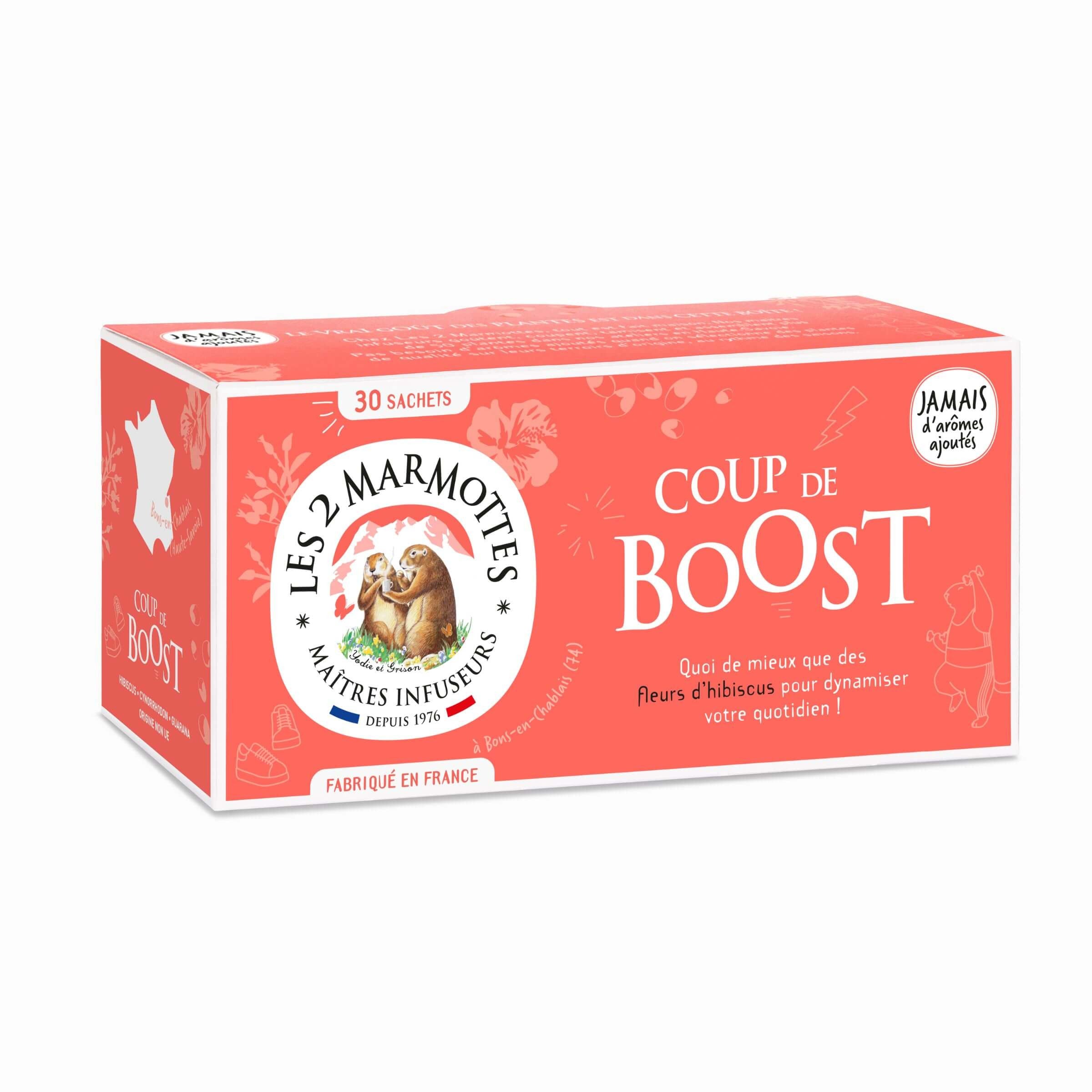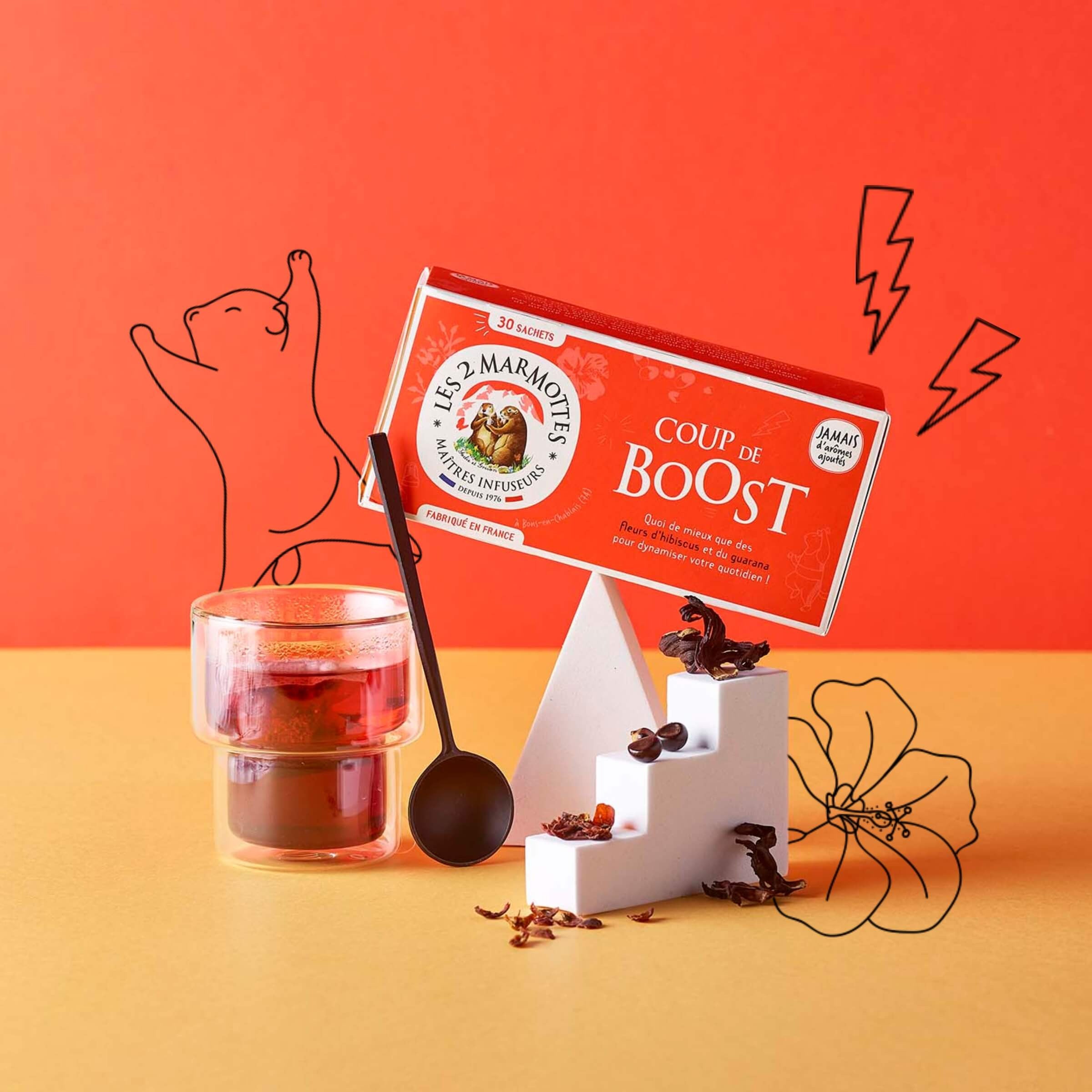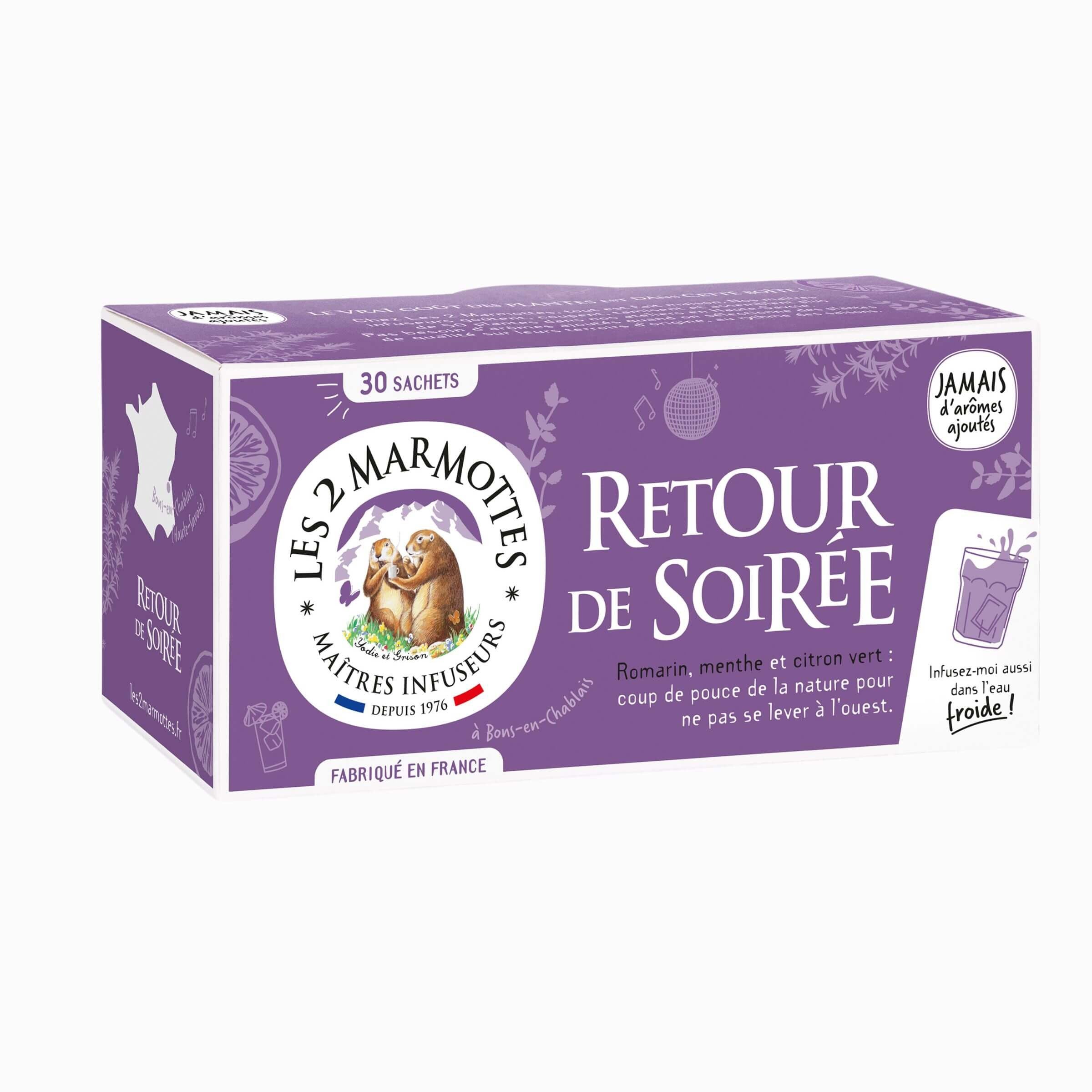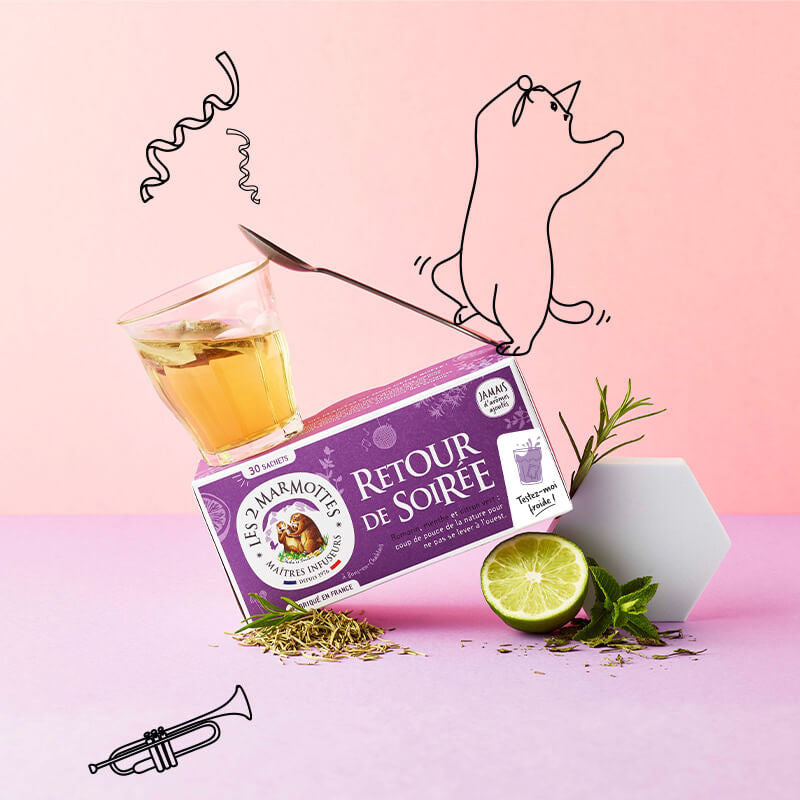With sage , it's rare that things flounder. With it, it's either a success or a setback: you either love it or you hate it. But don't be fooled by appearances, behind its woolly leaves and its strange bitterness hides a small plant full of sweetness and capable of great things. So... sage who can!
Summary
- What are the benefits of sage in infusions?
- What sage is used in Les 2 Marmottes infusions?
- In which recipes do our master infusers use sage?
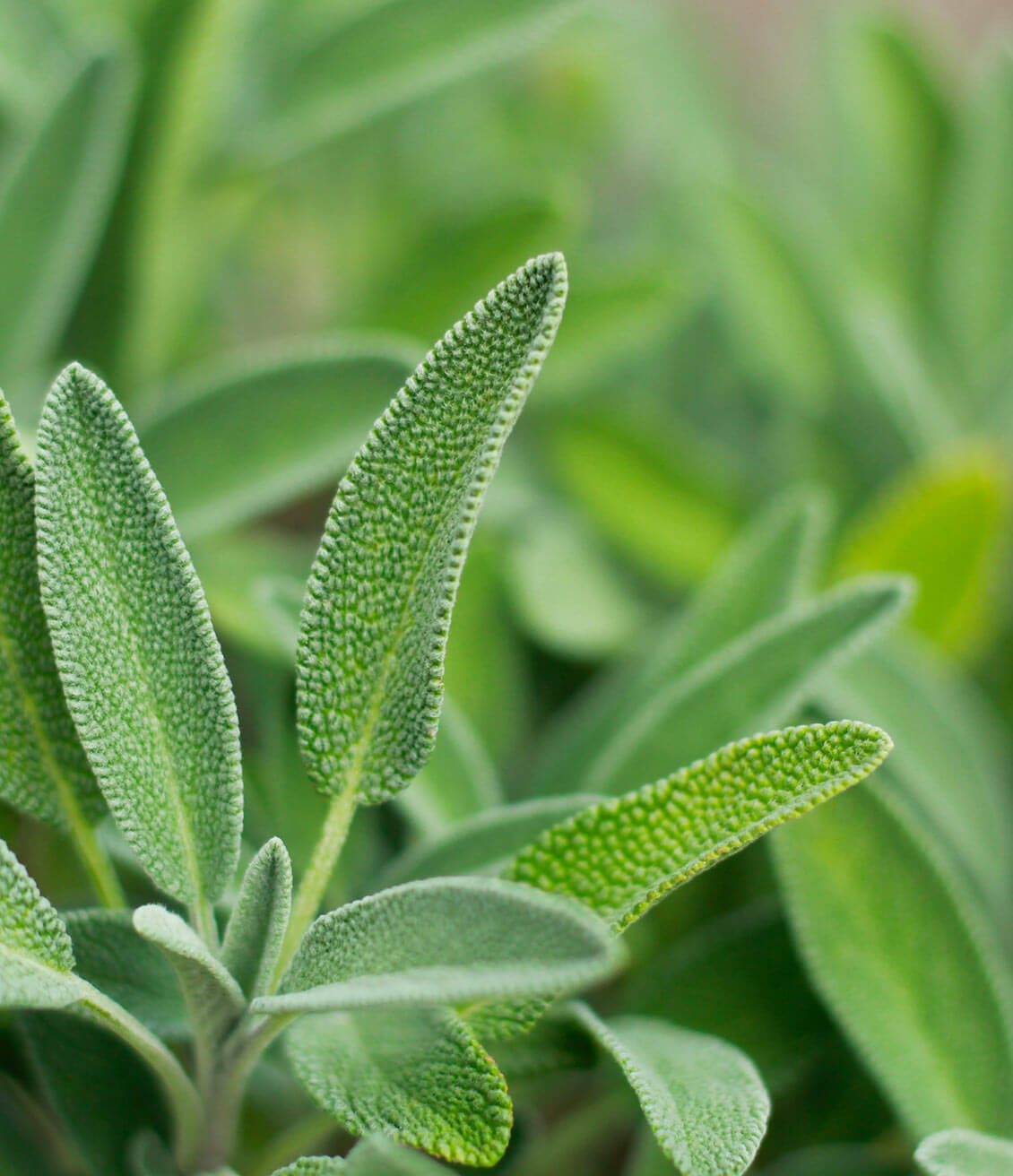
What are the benefits of sage in infusions?
Even if your Latin lessons are a painful and distant memory, there is something magical about the etymology of words, since it enlightens us in the blink of an eye.
This is the case with sage , whose scientific name salvia comes from the Latin salvare, which simply means "to heal." As for the old saying "whoever has sage in their garden has no need of a doctor," it also reminds us of the benefits of this plant like no other.
She is not the last when it comes to coming to the rescue of difficult digestion.


What sage is used in Les 2 Marmottes infusions?
A renowned aromatic and medicinal plant that has been recognized for a long time, sage has its roots in the Mediterranean basin.
It must be said that this evergreen shrub really needs sun to give the best of itself.
Picked between June and September, its grey and greenish leaves with a waffle appearance, endowed with precious astringent properties , are then dried in our workshop in Bons en Chablais.
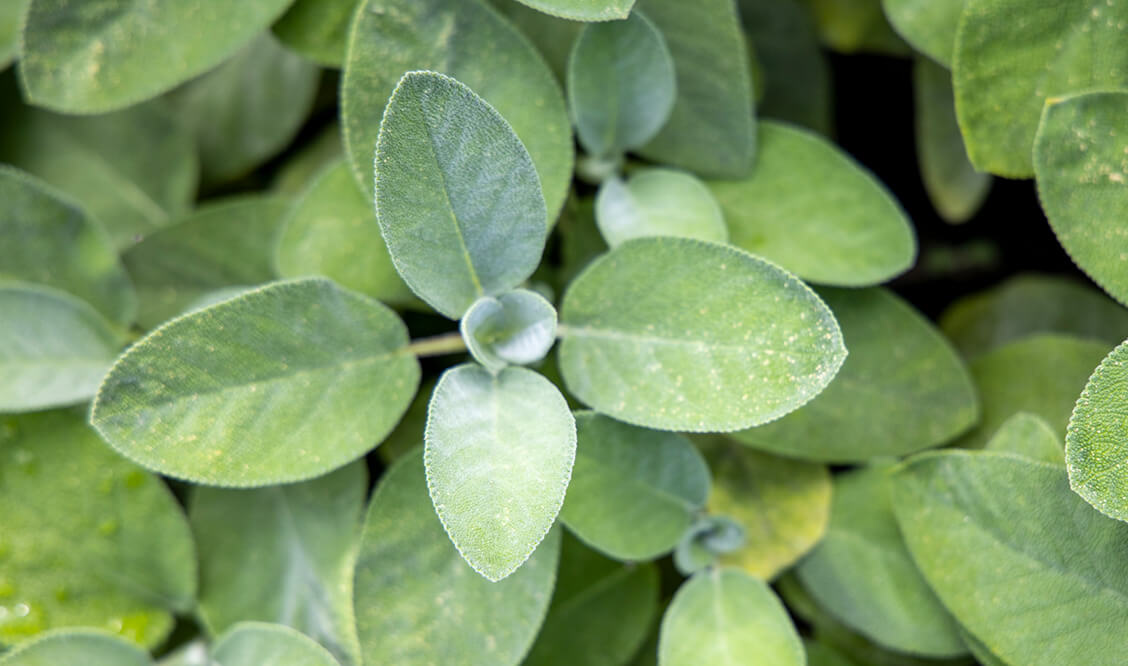

In which recipes do our master infusers use sage?
Sage combines the useful with the pleasant. Fragrant as desired, its digestive properties are well-proven.
As food lovers, our master brewers have therefore chosen to make it an end-of-meal herbal tea . But there is no question of sage serving it alone: it arrives on the table in the company of green anise , fennel , sweet mint and rosemary in an infusion with the perfect name: Cocktail Digest .
Sage, think about it!

